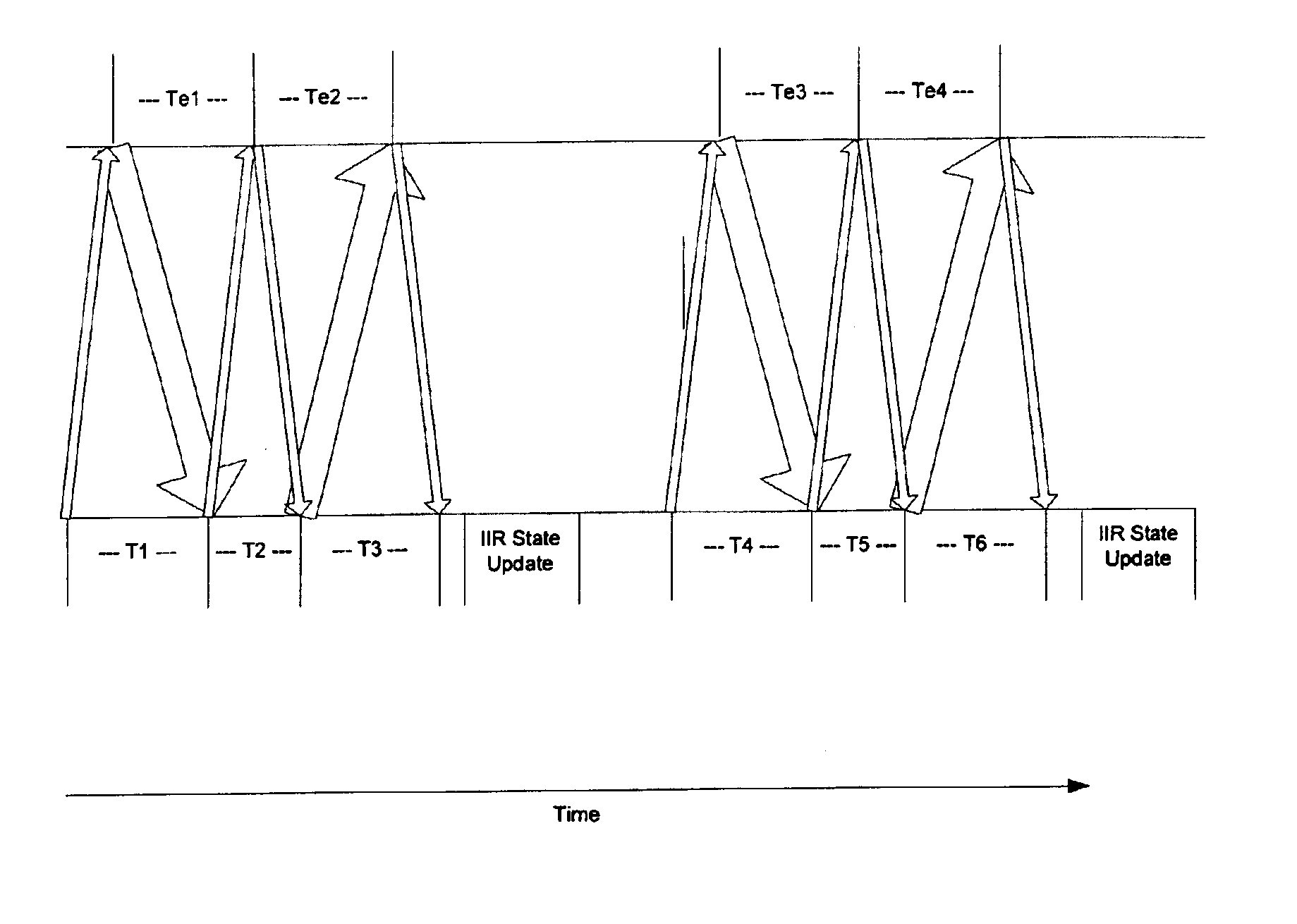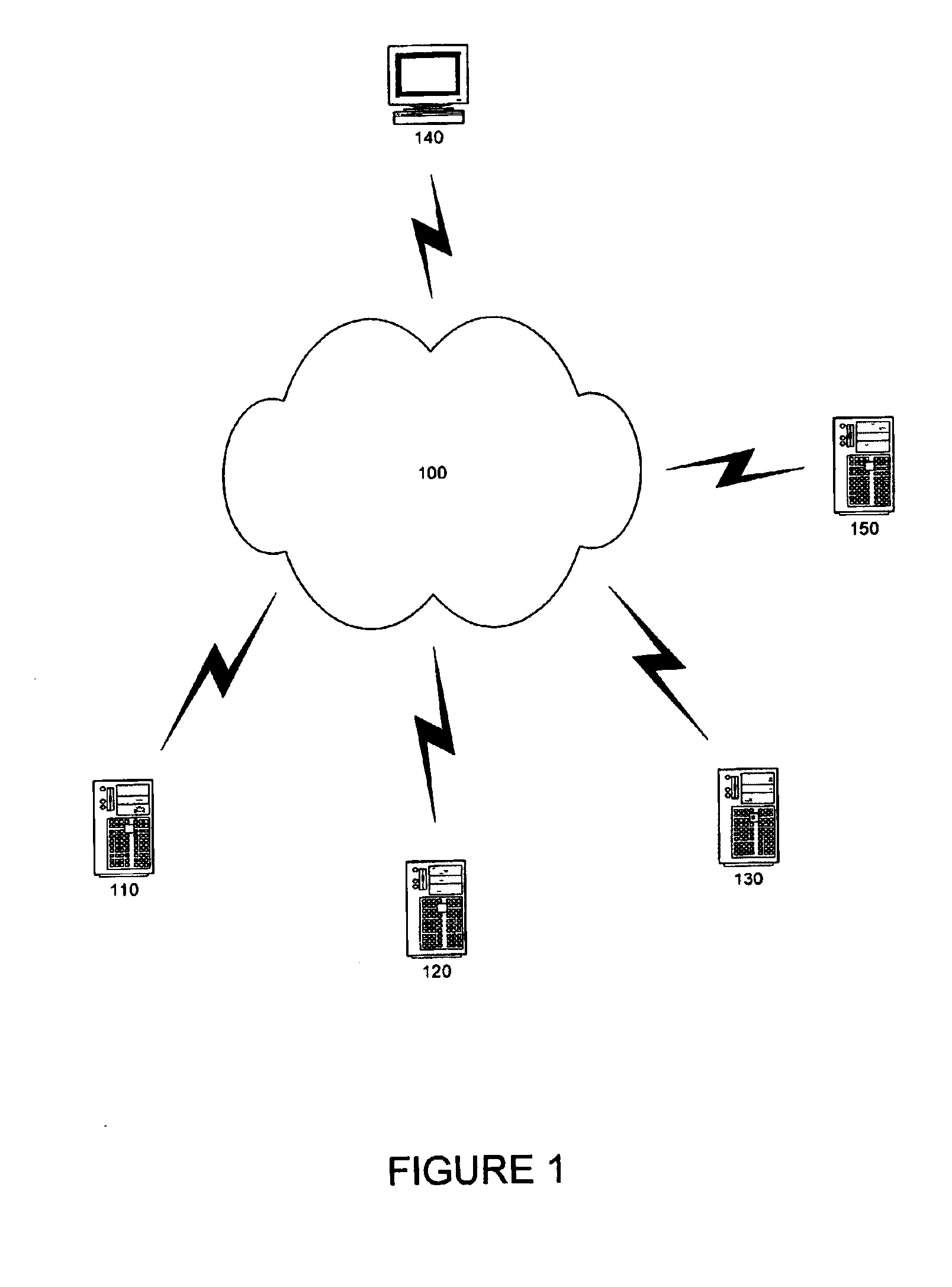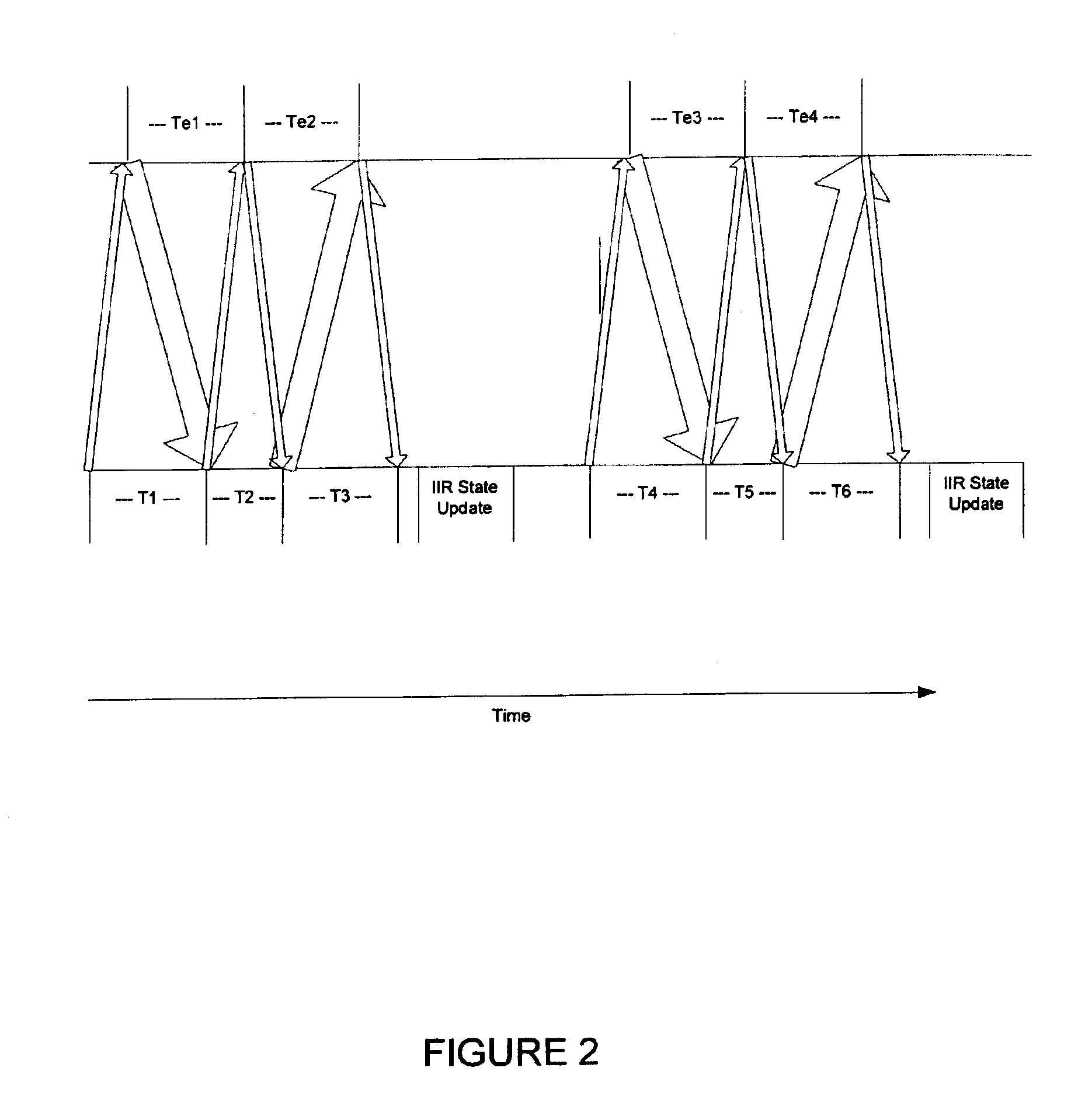Adaptive asymmetric network connectivity probing system and method
a network connectivity and asymmetric technology, applied in the field of improved data transfer, can solve the problems of inability to adapt to other data protocols or be expanded to monitor other service level performance metrics, cannot allow both nodes to measure the round trip delay of the same sequence of cells, and cannot individually determine the round trip delay of the probe. the effect of improving data transfer in the communications network
- Summary
- Abstract
- Description
- Claims
- Application Information
AI Technical Summary
Benefits of technology
Problems solved by technology
Method used
Image
Examples
Embodiment Construction
FIGS. 1 through 4, discussed below, and the various embodiments used to describe the principles of the present invention in this patent document are by way of illustration only and should not be construed in any way to limit the scope of the invention. Those skilled in the art will understand that the principles of the present invention may be implemented in any suitably arranged device. The numerous innovative teachings of the present application will be described with particular reference to the presently preferred embodiment.
Definitions: Following are short definitions of the usual meanings of some of the technical terms which are used in the present application. (However, those of ordinary skill will recognize whether the context requires a different meaning.) Additional definitions can be found in the standard technical dictionaries and journals.
latency: The round-trip-delay (RTD) of a network connection for a message of minimum possible size for the connection protocol.
BW: Ban...
PUM
 Login to View More
Login to View More Abstract
Description
Claims
Application Information
 Login to View More
Login to View More - R&D
- Intellectual Property
- Life Sciences
- Materials
- Tech Scout
- Unparalleled Data Quality
- Higher Quality Content
- 60% Fewer Hallucinations
Browse by: Latest US Patents, China's latest patents, Technical Efficacy Thesaurus, Application Domain, Technology Topic, Popular Technical Reports.
© 2025 PatSnap. All rights reserved.Legal|Privacy policy|Modern Slavery Act Transparency Statement|Sitemap|About US| Contact US: help@patsnap.com



